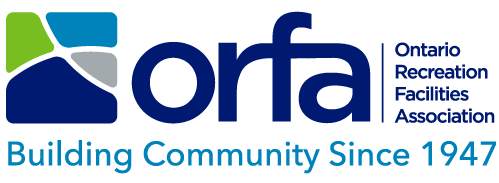- ORFA Home
- The Recreation Facility Profession
- ORFA News and Alerts
- Operational Awareness Towards Modified Ice Games
ORFA News
July 31, 2018
Operational Awareness and Potential Impact of Modified-Ice Games (which includes cross-ice or half-ice)
TORONTO, July 31, 2018 Commencing in the 2018-2019 season, national and provincial hockey governing organizations have mandated players 8-years-old and under to participate in modified-ice games, which includes cross-ice or half-ice.
Decisions that affect the game of hockey cannot and should not be made in isolation without stakeholder input or participation. With a good line of communication between the local minor hockey organization and the facility owner there is an opportunity to address potential facility pressure points before the season begins. The ORFA encourages facility members to establish this line of communication in advance to avoid, where possible, service delivery challenges. Potential Service Provision Challenges Please review and consider the following potential service challenges as the upcoming hockey season begins: 1. Ensure you have a clear understanding of the relationship between a worker and a volunteer. Given the changes in the Occupational Health and Safety Act that treats volunteers who perform work in the same light as work usually conducted by paid staff. It is important that volunteers are trained and aware of the need for head protection, implications of running on the ice, being on the ice at the same time as the ice resurfacer – all industry best practices that volunteers may not be aware of. Please refer to this video as an example of different practices that should be avoided. 2. Set-up and take down time of ice dividers may disrupt the building use schedule. 3. Many rinks do not have space to store ice dividers and a clear understanding of the following variables should be considered:.
4. Spectator safety – Some small community rinks do not have glass shielding all the way around the rink or it may be only 2 feet in Height with no safety netting. The potential for the puck to leave the playing surface and cause injury should be examined. 5. Dressing room scheduling, and allocation based on mixed gender teams. Compounded with washroom number and size issues. 6. Parking lot size may not always allow for anticipated increase in traffic. 7. How will players bench requirements (if any) be addressed? 8. Are score clocks or timing device required? 9. Reconfirm Emergency Preparedness. 10. Consider potential loss of ice rental revenue (should four teams, instead of two, now using only one ice rental time period). Growth of the game and strategies used to address player development needs are the responsibility of sport governing bodies. Likewise, facility care and control is an owner responsibility. There are early warning signs that unplanned building service challenges may result from the implementation of modified ice-games and end in frustration between the user group and building owner/management. For this reason, a heightened level of communication between both groups is encouraged prior to the coming playing season. The ORFA requests all members to keep us updated on how this new operational change is being met. |


